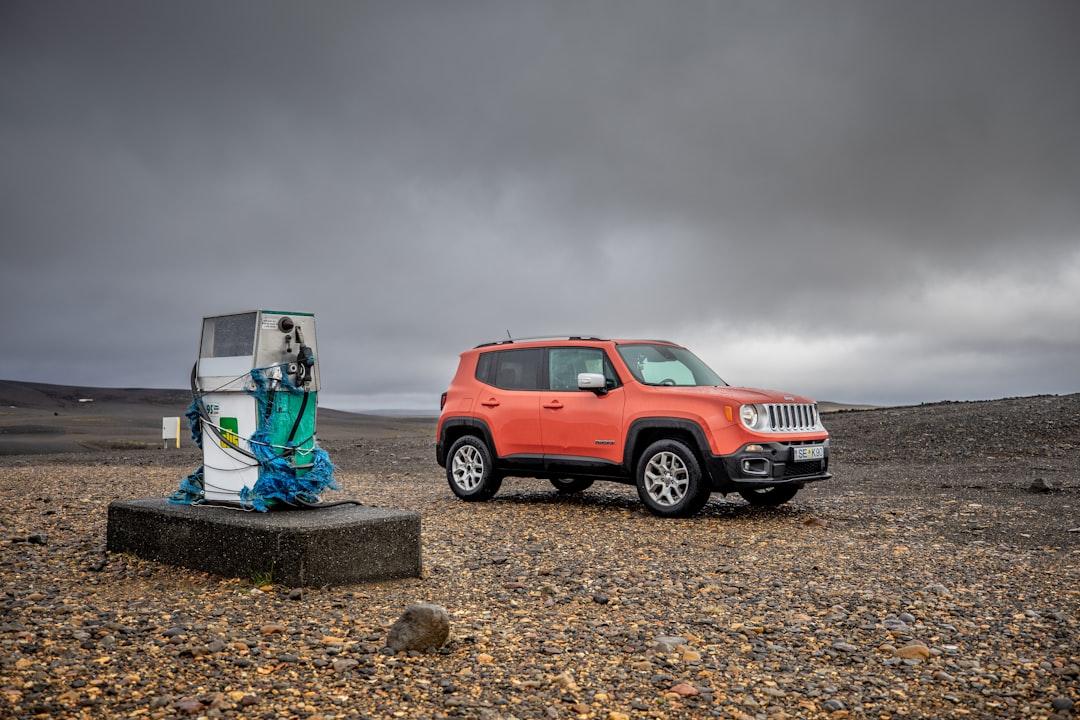
Car troubles strike without warning, often at the most inconvenient times. Whether it's a dead battery in a parking lot, a flat tire on the highway, or accidentally locking your keys inside your vehicle, these situations can be both stressful and expensive to resolve.
Millions of vehicle breakdowns occur annually across the United States. For the average driver, experiencing a breakdown isn't a question of if, but when.
Roadside assistance insurance exists for these moments. But should you buy it?
What Does Roadside Assistance Cover?
Most roadside assistance plans include five core services targeting different automotive crises.
Towing Services
Most people don't think about needing a tow until their car breaks down completely. When that moment arrives, you'll pay a hefty minimum for basic local service. Need transport 60 miles away? That bill jumps significantly more.
Jump Starts and Battery Help
Car batteries don't last forever. Most die between three and five years of use. Battery failures happen without warning, leaving drivers stranded. Professional jump-start services charge $50 to $120 when your battery gives up.
Tire Changes and Flat Repairs
Seven flat tires happen every second in America. Your spare tire sits unused for years, so the day you need it? Often flat. Plus, many drivers don't carry a proper spare tire anymore. Professional tire changes cost $50 to $95.
Lockout Assistance and Key Retrieval
Four million drivers lock themselves out annually. A locksmith service starts at $75 for basic unlocking. For modern cars with chip keys, key replacement can cost $200 to $500.
Fuel Delivery
Fuel delivery charges $60 to $100 plus gas costs when you miscalculate your range.
Comparing Roadside Assistance: Insurance Add-ons vs. Third-Party Services
Two options exist when selecting emergency roadside assistance: Add coverage to your auto insurance policies or buy a standalone service.
Coverage Differences
Insurance companies provide basics: towing to the nearest repair facility, battery help, tire changes, lockout assistance, and fuel delivery.
Third-party service providers often add trip interruption coverage, extended towing distances, and travel discounts.
Cost Considerations
Insurance add-ons cost $15 to $30 annually. Standalone memberships cost $50 to $150 yearly. These costs don't typically affect your insurance rates.
Convenience and Availability
Both options offer 24-hour roadside assistance through phone hotlines and mobile apps. The difference is one bill versus two. Adding roadside coverage to existing car insurance creates a unified automotive safety net.
Benefits of Having Roadside Assistance
Breakdowns strike when you least expect them, often in the worst possible circumstances. Having coverage provides several key advantages that extend beyond just getting back on the road.
Financial Protection
One emergency call often exceeds annual coverage costs. Jump-start services typically charge $50 to $120 for a single incident. Most roadside coverage costs between $15 to $30 annually through insurance companies. The math works clearly in favor of having coverage.
Peace of Mind
Most drivers appreciate knowing professional help is just a phone call away. Whether you're commuting to work, running errands, or traveling unfamiliar roads, having backup support reduces stress and anxiety about potential car troubles.
Professional Expertise
Roadside assistance services employ trained technicians with proper tools and safety protocols. This beats flagging down strangers or attempting dangerous roadside repairs.
Time Efficiency
Professional services eliminate frantic searches during emergencies. One phone call connects you with help through GPS coordinates.
Potential Drawbacks and Limitations
Roadside assistance isn't perfect. Like any coverage, it comes with restrictions and potential downsides you should understand before signing up.
Service Restrictions
Most plans cap annual service calls. Exceed the coverage limits? You'll pay an additional charge for each extra incident.
Geographic Coverage
Rural areas get slower service. Fewer service providers mean longer response times. Urban areas receive priority treatment.
Policy Prerequisites
Many insurers require full coverage car insurance before adding roadside assistance. Others need collision and comprehensive car insurance coverage first. These requirements can significantly increase costs.
Extra Costs
Standard coverage has maximum benefits. Specialized equipment costs extra. Extended towing distances exceed basic coverage.
How To Choose the Right Roadside Assistance Plan
Compare multiple factors, not just price:
- Start with the service scope. Get towing, battery help, tire assistance, lockout support, and fuel delivery. These services handle 90% of roadside emergencies.
- Check annual limits. Some providers offer unlimited calls. Others restrict you to a specific number of incidents yearly.
- Towing distance matters. Local coverage works for city dwellers. Rural drivers need extended-range protection.
- Look for response time guarantees that separate quality providers from mediocre ones. Service network size determines regional availability.
When Roadside Assistance Might Not Be Necessary
Roadside assistance makes sense for most drivers, but it's not universal. Certain situations and driver profiles make this coverage less valuable or even unnecessary:
- Newer vehicles: Cars under manufacturer warranty often include comprehensive roadside services. Adding extra coverage creates an expensive overlap.
- Limited travel: Drivers who stick to short, familiar routes and rarely take long trips may have less need for professional roadside assistance.
- Alternative resources: Those with reliable personal support networks or friends with automotive knowledge may find professional services less necessary. Rental car insurance provides backup transportation.
Find Car Insurance With Roadside Assistance That Fits Your Needs
Car insurance and roadside assistance complement each other to provide complete coverage for automotive surprises. However, individual needs vary dramatically, and insurance options change by ZIP code and driver profile. To get the best rates for your situation, compare quotes from multiple providers.
Getting a custom comparison is always free with EverQuote. Complete our form in just a few minutes to get personalized quotes.



